A newly leaked video reveals hidden details about Charlie Kirk’s death — shocking evidence challenges the official report, doctors remain silent, and the mystery only deepens.
A newly leaked video reveals hidden details about Charlie Kirk’s death — shocking evidence challenges the official report, doctors remain silent, and the mystery only deepens.
A Leak That Shook the Nation
It started with a whisper.
Late on a Tuesday night, a grainy video clip began circulating through encrypted chat rooms, anonymous forums, and dark corners of the internet. Within hours, it had exploded across mainstream platforms: Twitter (now X), TikTok, and YouTube. The clip claimed to show the final moments of conservative figure Charlie Kirk — not as the public had been told, but as they had never imagined.
The leak was only a few minutes long, yet it was enough to turn the nation upside down. People who had trusted the official story suddenly questioned everything. Doctors who once provided careful statements refused to say another word. Families who thought they understood the tragedy now sat in silence, replaying the horrific images in their minds.
The footage, reportedly taken from inside a secure medical facility, does not merely contradict the official report — it destroys it. And in its place, it leaves behind a maze of questions, suspicions, and haunting possibilities that no one in power seems willing to answer.
As one stunned viewer posted online:
“This isn’t just a leak. This is the end of the official story as we know it.”
This is the story of the leak that might change everything.
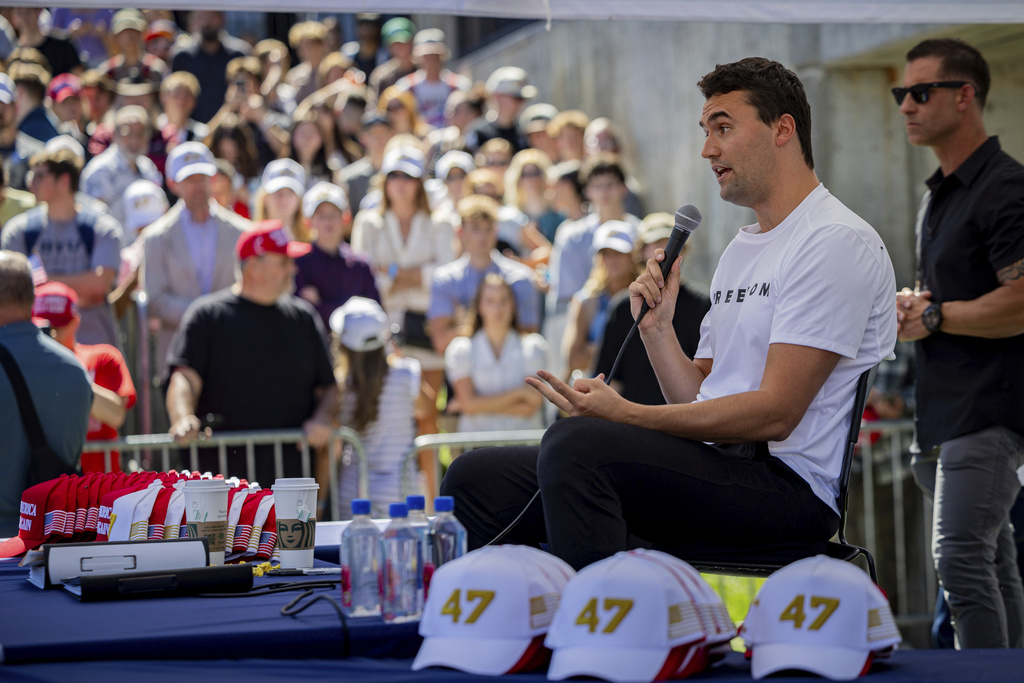
How the Video Surfaced
For weeks, rumors had swirled about the existence of “hidden footage” tied to Charlie Kirk’s death. Conspiracy forums whispered about a nurse who refused to stay silent, a doctor burdened by guilt, or even a whistleblower deep within the hospital system.
But no one could confirm it — until now.
At 11:47 PM, an anonymous YouTube channel uploaded the clip with the cryptic title: “You Were Never Told the Truth.” The account had no history, no subscribers, and disappeared within thirty minutes. But it was too late. Thousands had already downloaded and reuploaded the footage.
By sunrise, hashtags like #KirkVideoLeak, #TruthBehindTheDeath, and #DoctorsSilent were trending worldwide.
“We tried to take it down,” said a tech moderator from one major platform, “but it was like trying to stop a tidal wave with your bare hands. Every second, five more copies popped up.”
The video had gone viral, and there was no turning back.
What the Video Allegedly Shows
The footage begins abruptly. There’s no introduction, no timestamp overlay, no narration — just a shaky handheld view of a medical room. Kirk is visible, surrounded by staff. His breathing is uneven. A sense of urgency fills the air.
At first, the video seems consistent with what the public had already been told: Kirk collapsed, was rushed to the ER, and doctors fought desperately to save him. But then, around the 46-second mark, something changes.
One of the staff members gestures urgently toward Kirk’s back. The camera pans for just a split second — and that’s when the shocking detail appears.
A wound.
Not the type described in the official medical report.
Not the injury the public had been led to believe.
The camera shakes, voices blur, and the image cuts off briefly. When it resumes, Kirk appears to be slipping away. A faint phrase — barely audible over the chaos — escapes his lips. Some claim he said,
Whatever the words, they were cut short by the flatline of a monitor.
The video ends not with closure, but with silence.
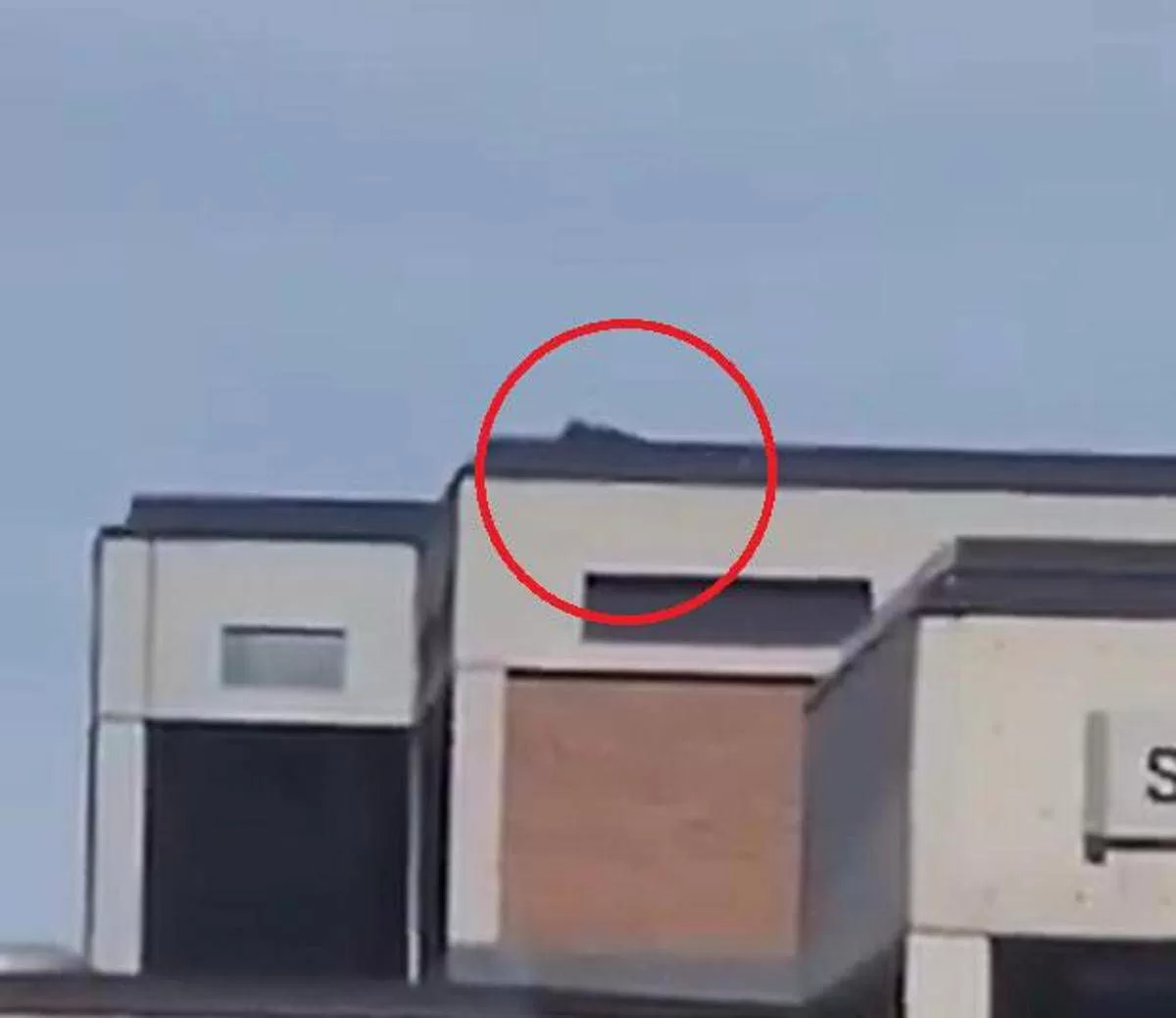
Contradictions With the Official Report
The official account of Charlie Kirk’s death painted a very different picture. According to the report, Kirk collapsed due to internal trauma linked directly to Tyler Robinson, the young man accused of orchestrating the attack.
But the leaked video tells another story entirely.
-
Official Report: The fatal damage came from a frontal confrontation.
-
Leaked Footage: The wound is clearly visible from behind.
This single contradiction has fueled a firestorm of speculation. If the footage is real, it means investigators either missed critical evidence — or deliberately hid it.
“If this video holds up under forensic analysis,” said one anonymous legal analyst, “it doesn’t just undermine the prosecution’s case. It obliterates it.”
Doctors’ Silence
One of the most disturbing aspects of the leak is the medical silence surrounding it. Reporters reached out to several doctors allegedly present during Kirk’s final moments. None agreed to comment.
A spokesperson for the hospital released a single-sentence statement:
“We have no comment at this time regarding any alleged video.”
But silence speaks louder than words.
Why would medical professionals, bound by ethics, refuse to clarify whether the footage is authentic? Why would doctors who previously gave detailed explanations suddenly retreat into the shadows?
Insiders whisper of gag orders, sealed documents, and threats to careers.
“One doctor told me off the record,” claimed a journalist, “that they’ve been warned their license could be at risk if they talk.”
The silence only deepens the mystery.
Witnesses Who Won’t Speak
It’s not just doctors. Several staff members and bystanders who were rumored to have seen Kirk’s final moments have also vanished from the public eye.
Neighbors describe them as “suddenly unavailable.” Phones disconnected. Social media wiped clean.
One nurse reportedly fled the state. Another was allegedly placed on indefinite leave.
“They know more than they’re allowed to say,” speculated one commenter online. “The silence isn’t natural. It’s enforced.”
If the footage is authentic, it explains everything: why witnesses have disappeared, why their voices have been muted, why the story has always felt incomplete.
Social Media Wildfire
The leak has transformed into a social media inferno. Clips of the footage rack up millions of views, dissected frame by frame, pixel by pixel.
TikTok creators post slowed-down versions of the final seconds. Twitter users debate endlessly about Kirk’s alleged last words. Reddit threads spiral into theories ranging from government cover-ups to deepfake technology.
Meme culture has even collided with tragedy — some posting dark humor under the hashtag #BehindMe, while others rage against the insensitivity.
But underneath the noise lies something undeniable: people are questioning the narrative like never before.
Political and Media Fallout
The political response has been swift and brutal.
-
Conservative commentators claim the leak proves Kirk was a victim of a broader conspiracy.
-
Liberal pundits accuse the right of weaponizing tragedy for political gain.
-
Mainstream outlets scramble to verify the footage, while simultaneously warning viewers of “graphic, unconfirmed content.”
One network insider confessed:
“This is the nightmare scenario — the moment when the official narrative cracks live on the internet, and nothing we say can patch it.”
Even within Congress, murmurs are spreading. A handful of lawmakers have quietly requested that the Department of Justice investigate the origins of the video.
But will they ever get answers?
Implications for Tyler Robinson
For Tyler Robinson, the young man accused of being responsible for Kirk’s death, the leak could be life-altering.
His defense team has already filed a motion to admit the video as evidence. If accepted, it would force the court to consider an entirely new angle: that Kirk was not attacked as the prosecution claims, but from a direction Robinson could not have been.
“This video is either the greatest exoneration we could ask for — or the most dangerous piece of misinformation in history,” said a lawyer close to the case.
If Robinson didn’t do it, who did?
The Unanswered Questions
The leak raises more questions than answers:
-
Who recorded the footage?
-
Why has it surfaced only now?
-
What exactly did Kirk say in his final breath?
-
And why have the authorities — local police, federal investigators, even the hospital — all refused to speak?
Every silence, every denial, every delayed response only fuels suspicion.
Is this a cover-up? A staged narrative? Or something even darker?
Conclusion: A Story Still Unfolding
The leaked video of Charlie Kirk’s final moments has left the world reeling. It’s not just about a clip. It’s about what that clip represents: the possibility that the truth has been hidden in plain sight, buried beneath polished press releases and carefully worded reports.
Doctors are silent. Witnesses are gone. Officials refuse to answer.
And yet, the footage is out there. Millions have seen it. Millions more will.
The truth may still be murky, but one fact is clear: the official story no longer holds.
As one commentator chillingly summarized:
“You can delete accounts. You can silence doctors. You can scare witnesses. But you cannot unsee what’s been leaked. And once the truth is out, it never goes back in the box.”
The world waits, breathless, for what comes next.
Rachel Maddow, Stephen Colbert, and Joy Reid Launch Revolutionary Independent Newsroom Aiming to Break Media Censorship and Expose Corruption
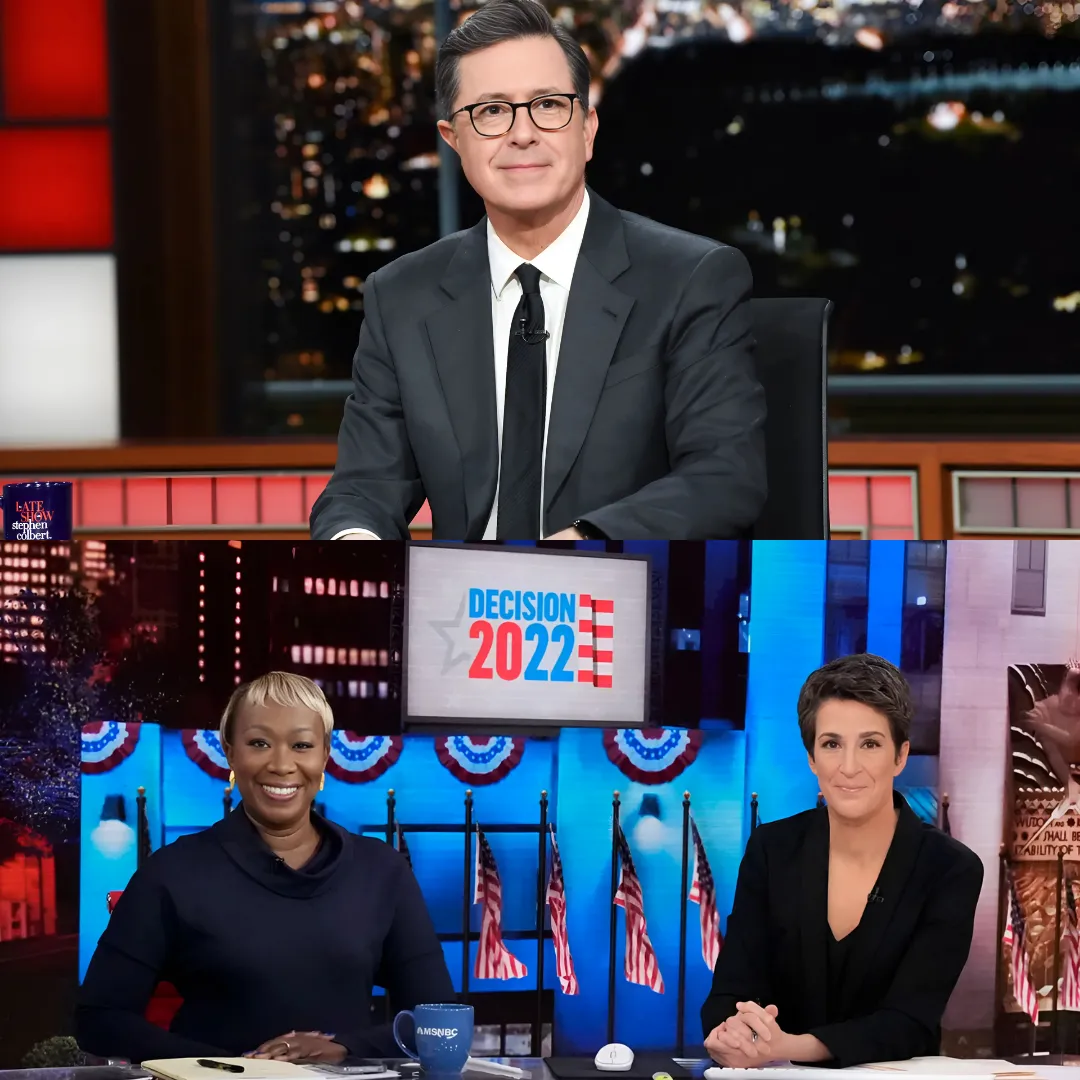
Rachel Maddow, Stephen Colbert, and Joy Reid have launched an independent newsroom to break free from corporate control, expose corruption, and deliver fearless investigative reporting, signaling a bold media revolution that challenges traditional networks, excites audiences, and redefines the future of journalism.
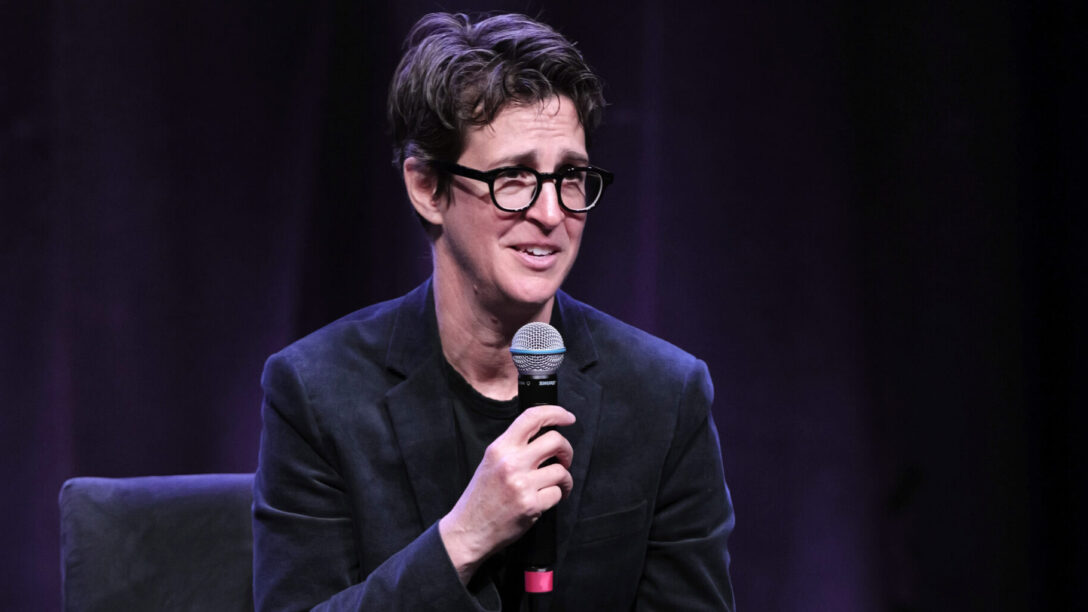
In a move that has stunned the media world, Rachel Maddow, Stephen Colbert, and Joy Reid have joined forces to launch a groundbreaking independent newsroom, a project insiders say is unlike anything MSNBC or other mainstream networks have seen.
The initiative, quietly unveiled this week in New York City, promises to operate free from corporate oversight, allowing the three media heavyweights to report on issues often sidelined by traditional outlets, including government accountability, corporate corruption, and systemic media bias.
The development comes after years of dominance for Maddow, Colbert, and Reid in primetime television, where each has carved out a unique voice—Maddow with her signature investigative journalism, Colbert with satirical political commentary, and Reid with her incisive analysis on social issues and politics.
Sources close to the project reveal that the trio had long discussed the limitations imposed by corporate oversight and editorial constraints at MSNBC, where Maddow and Reid have spent much of their careers, and at Comedy Central, where Colbert honed his late-night persona.
The newsroom, reportedly headquartered in a state-of-the-art studio in Manhattan, is being designed to operate with unprecedented editorial freedom.
“This is about restoring the power of investigative journalism,” a senior staff member involved in the planning said.
“They’re building a newsroom where reporters can follow the facts wherever they lead, without worrying about ratings pressure or corporate interference.”
While the project has been officially described as “under development,” insiders report that initial staffing discussions have already begun.
Veteran producers, investigative reporters, and digital content strategists are said to be in talks to join the venture, which aims to combine traditional reporting with cutting-edge digital platforms to reach audiences across television, streaming, and social media.
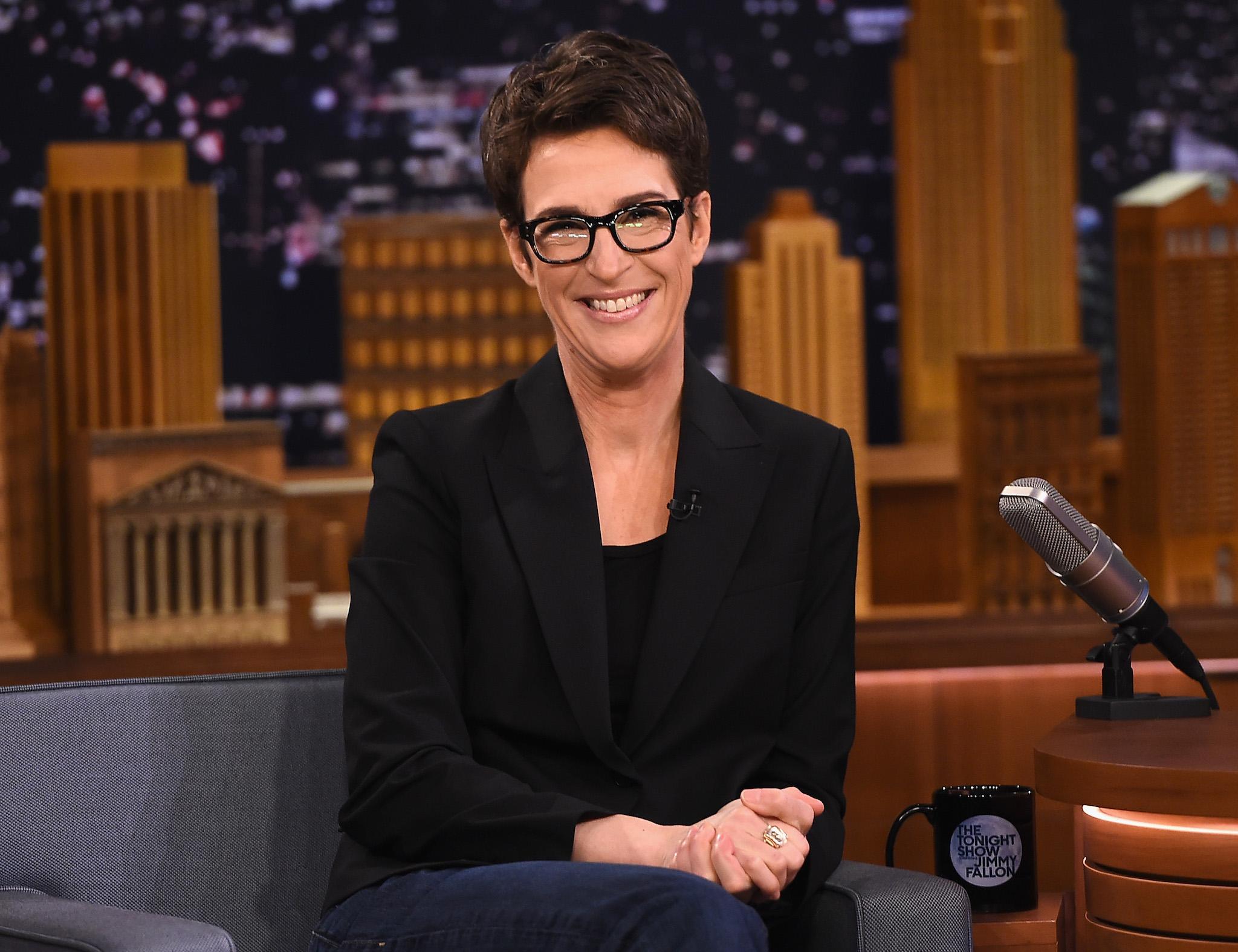
Maddow, 53, who has spent nearly two decades building her reputation as a sharp and fearless voice in political journalism, is reportedly taking the lead on investigative content and long-form reporting.
“I’ve long believed that the truth matters more than the bottom line,” she reportedly told colleagues during a private strategy meeting.
“This is our chance to create something that serves the public first, and profits second—or not at all.”
Stephen Colbert, 60, best known for his sharp wit and satirical late-night commentary, is said to be focusing on producing content that blends political insight with humor and accessibility, ensuring that serious topics resonate with a broader audience.
“People are tired of talking heads just reading scripts,” Colbert reportedly told staff.
“We want to make reporting engaging, compelling, and impossible to ignore.”
Joy Reid, 56, who has consistently delivered some of MSNBC’s highest-rated programming, will reportedly oversee social impact and cultural reporting, highlighting underrepresented voices and systemic issues.
Sources say Reid’s role is to ensure the newsroom’s reporting is not only investigative but also socially relevant, addressing topics that resonate deeply with marginalized communities.
The timing of the launch is significant.
:max_bytes(150000):strip_icc()/Rachel-Maddow-Joy-Reid-022525-da1b41f9050b49c486726cd75901d2d0.jpg)
In recent years, the media industry has faced growing criticism for perceived bias, censorship, and the prioritization of entertainment over journalism.
By creating a newsroom independent of traditional corporate constraints, Maddow, Colbert, and Reid are positioning themselves at the forefront of a potential media revolution, challenging conventional structures while experimenting with new methods of storytelling and audience engagement.
Industry analysts are watching the project closely, noting that the combination of Maddow, Colbert, and Reid represents a unique convergence of talent that spans investigative journalism, political satire, and social commentary.
“This is a trifecta of media influence,” said media analyst Karen Douglas.
“Each of these figures commands a dedicated audience, and together they could redefine what news and commentary can achieve when freed from corporate pressures.”
Early speculation about the newsroom’s business model suggests that it could operate through a hybrid approach, combining subscriber-supported streaming content with select sponsorships and live events.
Executives are reportedly considering partnerships with technology platforms and independent media organizations to maximize reach while maintaining editorial independence.
While official details about programming schedules and launch dates have not been released, insiders say that pilot content may debut within the next few months, with a phased rollout to attract early viewers and subscribers.

Leaks suggest that the team is exploring innovative formats, including interactive investigative pieces, live-streamed town halls, and collaborative reporting projects that incorporate audience participation.
The move has already sparked reactions across the industry.
Some media commentators have hailed it as a bold step toward journalistic integrity, while others have questioned the feasibility of sustaining such an independent venture in an increasingly competitive and financially pressured media environment.
Regardless, the announcement has energized audiences and industry observers alike, generating significant online discussion and speculation about the future of independent media.
For Maddow, Colbert, and Reid, the newsroom represents both a professional and personal mission: to reclaim the principles of fearless reporting, challenge systemic barriers in media, and deliver stories that matter without compromise.
As one insider put it, “This isn’t just a new newsroom—it’s a declaration that real journalism can thrive outside the traditional corporate framework, and they are leading the charge.”
With the media world watching closely, the independent newsroom promises to test the boundaries of what is possible in modern journalism, potentially setting a new standard for how news is reported, consumed, and trusted in an era of unprecedented information scrutiny.





